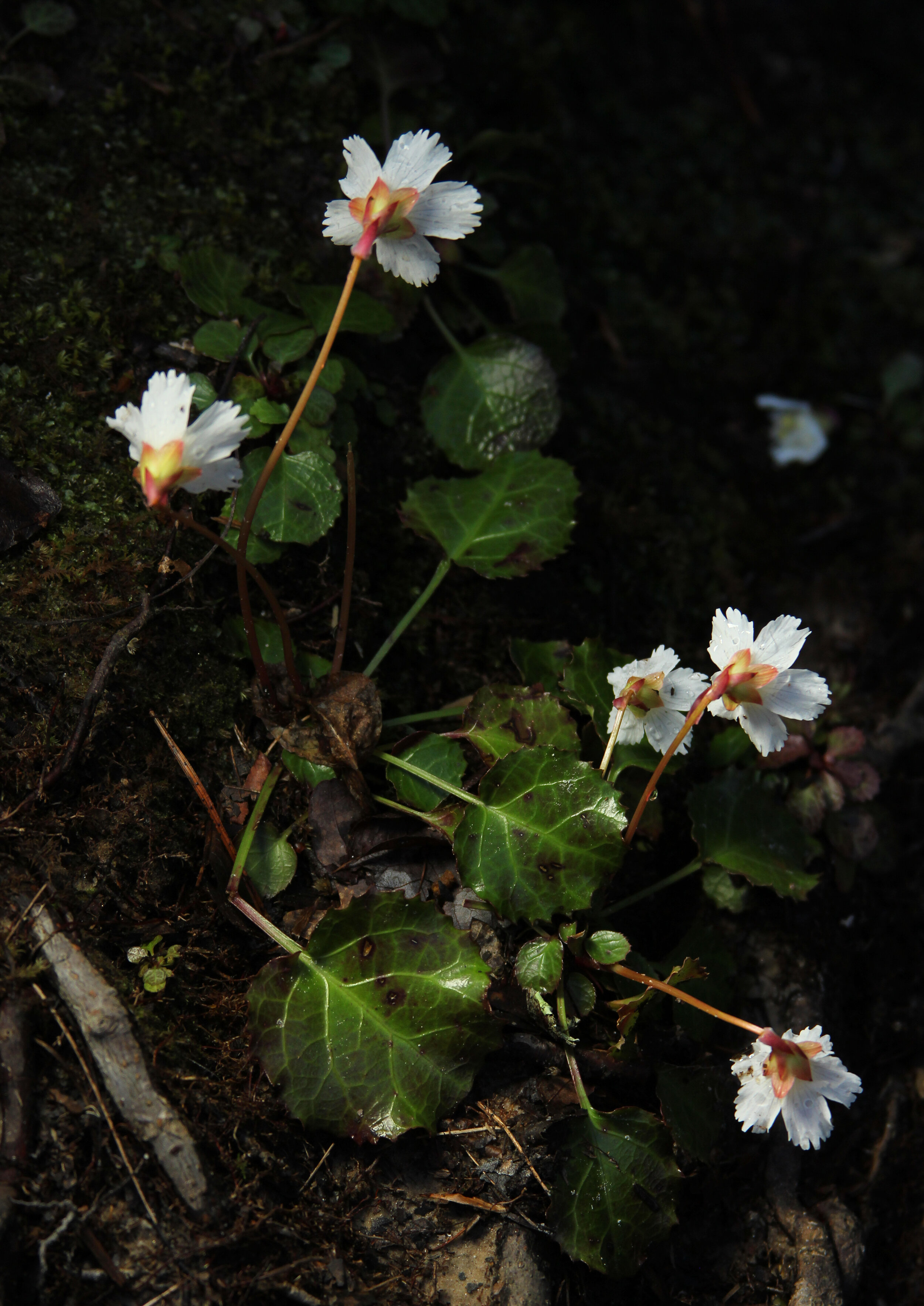Photo by Philip Bouchard licensed under CC BY-NC-ND 2.0
The whole point of In Defense of Plants is to remove the human element and tell the story of plants for what they are. I find their stories to be far more interesting than any anthropocentric use they might have. However, the following tale was just far too compelling to ignore. It is a story of passion and, in the end, really encompasses the reality of the species it centers around.
Asa Gray was an eminent 19th century botanist. In 1838, Gray left America for Europe in order to examine herbarium specimens which would reveal the original sources of American flora. While in Paris, Gray was pouring over collections made by Andre Michaux when he came across a poorly preserved specimen of an unnamed plant "with a habit of Pyrola and the foliage of Galax" originating from the "High Mountains of Carolina."
For whatever reason, Gray became enamored with this small pressed plant. He knew it had to be a new species. Upon returning to America, Gray went about organizing expeditions to rediscover this odd little botanical wonder. Sadly it would be another 40 years before he would see a living specimen.
The species in question is Shortia galacifolia, better known as Oconee bells. A member of the family Diapensiaceae, Shortia is often described as a small, spreading, evergreen sub-shrub. In early spring, each plant produces a beautiful whiteish-pink, bell shaped flower. Today, Shortia is only known from a small handful of populations growing along a couple stream banks in the Southern Appalachians. The original population that Michaux collected from now lies under 980 feet of water, lost forever by the damming of the Keowee River.
There has been a lot of speculation over why this plant is endemic. A lot of it has to do with Shortia's germination requirements. It is a plant of disturbance, relying on things like blowdowns or minor landslides to open the canopy just enough to create the perfect microclimate. As canopies close, populations languish and disappear. Fortunately for Shortia, collections have been out-planted at a handful of botanical gardens throughout the region where they grow and persist in great numbers.
Further Reading:
http://arnoldia.arboretum.harvard.edu/pdf/articles/1991-51-4-asa-gray-and-his-quest-for-shortia-galacifolia.pdf
http://www.jstor.org/stable/2483507?seq=1#page_scan_tab_contents
http://www.jstor.org/stable/4033240?seq=1#page_scan_tab_contents
http://www.jstor.org/stable/23306488?seq=1#page_scan_tab_contents
